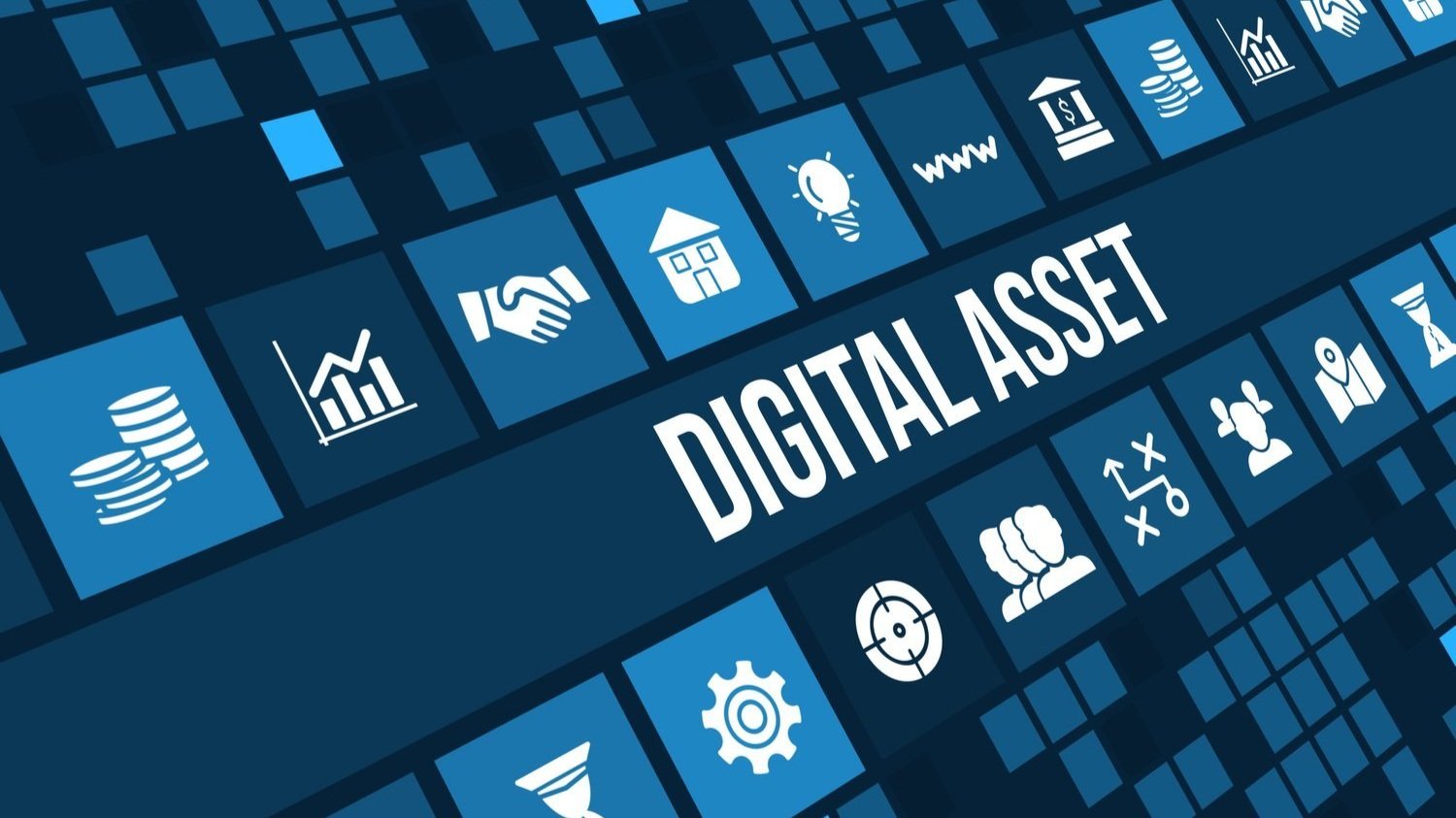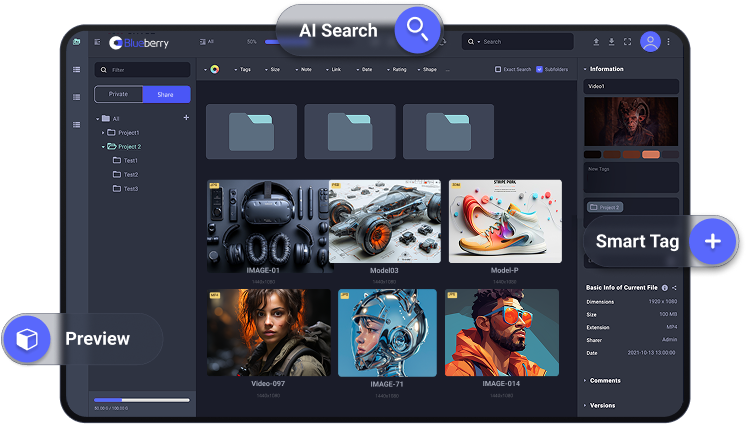How to Enhance 3D Production Pipeline with 3D Asset Manager
In today’s fast-paced 3D production environments, efficient 3D asset management is no longer optional—it’s essential. Without a structured system, teams often face challenges like lost files, duplicated efforts, and delayed project timelines. A robust 3D asset manager can be the difference between a chaotic production and a seamless, high-performing pipeline.

Key Stages of 3D Production Pipeline
Understanding the 3D production pipeline is crucial before diving into the importance of 3D digital asset management. Each stage depends heavily on proper asset organization to function smoothly.
Pre-Production
Pre-production sets the foundation. Concept development, storyboarding, asset design, and technical planning occur here. Teams generate initial sketches, models, and environment layouts that will evolve through production. Having a centralized 3D asset library during this phase helps artists collaborate faster and maintain consistency across designs.
Production
This is the heart of 3D creation. Modelers, animators, rigging artists, and lighting specialists transform concepts into full-fledged digital worlds. The production phase generates massive volumes of 3D assets—from characters and props to textures and lighting setups. Without effective 3D asset management software, retrieving, updating, and versioning these assets becomes a major bottleneck.
Post-Production
In post-production, final touches like rendering, compositing, and VFX polishing take place. At this stage, seamless access to the correct versions of models, shaders, and animations is crucial to avoid costly rework. A well-managed 3D asset system ensures that the right files are always at hand, ready for final output.

The Role of 3D Asset Management in Production
A 3D asset manager acts as the digital backbone of the 3D pipeline. But what exactly does it do?
In simple terms, 3D asset management refers to the process of storing, organizing, and accessing all digital assets—models, textures, rigs, animations, and more—through a structured system or software. Whether you’re working in film, gaming, architecture, or marketing, having a proper 3D digital asset management solution is game-changing.
Core Functionalities of 3D Asset Management Software
- Organization: Assets are categorized by type, project, status, or version. Teams no longer waste hours searching through disorganized folders.
- Version Control: Different iterations of an asset are saved systematically, making it easy to revert or reference earlier versions.
- Accessibility: Cloud-based 3D asset libraries enable global teams to access and collaborate on assets in real-time.
- Security: Advanced permission settings ensure sensitive assets are accessed only by authorized users.
- Metadata Tagging: Attributes like format, creator, and usage rights can be tagged, making search and sorting faster.
Benefits of 3D Asset Management
- Improved Collaboration: Artists, animators, and production managers stay aligned, working from a single source of truth.
- Reduced Duplication: Centralization prevents unnecessary re-creation of similar assets, saving time and resources.
- Faster Time-to-Market: Efficient retrieval and management allow projects to hit deadlines more consistently.
- Better Quality Control: Version history and metadata tracking ensure that teams work on approved, high-quality assets.
In short, integrating a 3D asset management system creates a smoother, more reliable production pipeline that benefits every team member.

Optimizing Workflow with 3D Asset Management
One of the biggest workflow improvements comes from centralizing assets. Instead of scattered files across hard drives and cloud folders, a 3D asset manager like Blueberry AI’s Digital Asset Management (DAM) Tool brings everything under one organized roof.
Benefits of Centralized Asset Management with Blueberry AI
- Smart Search Capabilities: Instantly locate assets using keywords, tags, or custom filters.
- Customizable Asset Categories: Organize assets based on project needs, such as model type, scene usage, or completion status.
- Real-Time Collaboration: Teams can access, edit, and comment on assets simultaneously without version conflicts.
- Cloud-Based Storage: Access your 3D asset library from anywhere, ensuring flexibility for remote teams.
With a platform like Blueberry AI, production managers can also track asset usage trends, helping studios make smarter resource allocations for future projects.

Best Practices for Managing 3D Assets
Effective 3D digital asset management doesn’t happen automatically—it requires clear strategies. Here are best practices to follow:
- Establish Naming Conventions: Use standardized, descriptive naming for all files (e.g., Character_Dragon_WalkCycle_v03.fbx). Consistent names improve searchability across your 3D asset manager.
- Leverage Metadata: Tag every asset with useful information like resolution, polycount, author, and licensing terms.
- Set Access Permissions: Define clear user roles and restrictions to prevent accidental overwrites or unauthorized usage.
- Implement Regular Backups: Even cloud-based 3D asset libraries need scheduled backups to guard against data loss.
- Audit and Archive Old Assets: Periodically review and archive outdated or unused assets to maintain a lean and efficient library.
- Train Your Team: Ensure everyone understands how to use the 3D asset management software effectively. Training reduces mistakes and boosts adoption rates.
- Version Assets Properly: Always save major changes as new versions to maintain full version history and traceability.
By following these practices, 3D production teams can maximize the value of their assets, accelerate production, and improve final output quality.
Conclusion
Incorporating a robust 3D asset management strategy into your 3D production pipeline can dramatically improve efficiency, collaboration, and output quality. Whether you’re a solo artist or managing a global studio, using the right 3D asset management software ensures that every model, texture, and animation is just a click away.
Take a closer look at your current workflow: is it helping your team—or slowing you down? If it’s the latter, it’s time to explore 3D digital asset management tools like Blueberry AI and elevate your production pipeline to the next level.